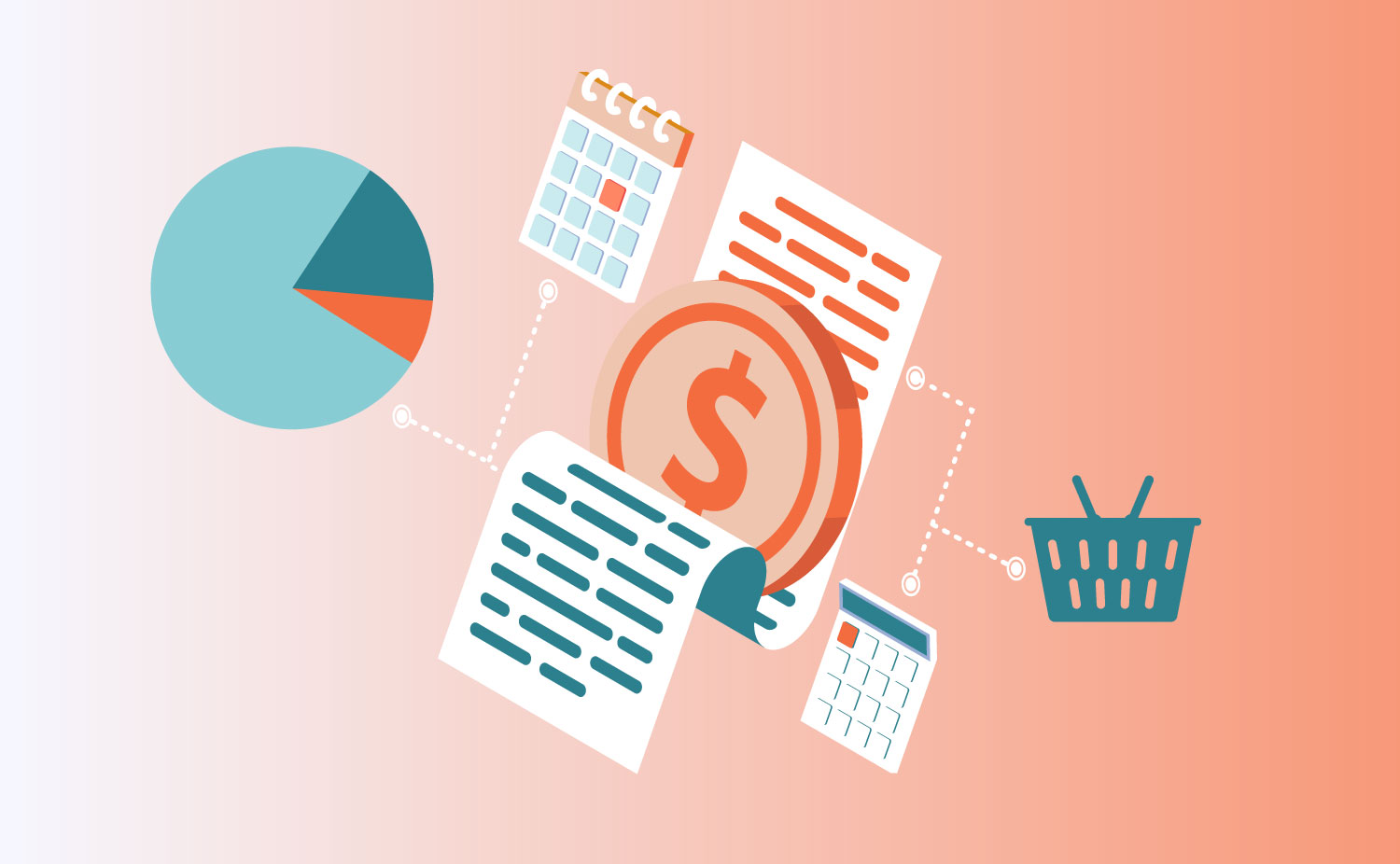We’ve been seeing this pattern lately: business owners who built successful companies with gut-feel pricing are suddenly finding their margins squeezed. What worked when costs were predictable and customers weren’t as price-sensitive doesn’t work when every dollar matters.
The math is different now. Material costs fluctuate weekly. Labor rates are climbing faster than many businesses anticipated. Insurance premiums jumped double digits for most of our clients this year. Meanwhile, customers are shopping around more than they have in years.
The hidden cost of pricing by feel
When you price based on “what feels right” or “what we’ve always charged plus a little more,” you’re making decisions without knowing your actual costs. We regularly see profitable-looking businesses discover they’re actually losing money on certain services or products once we dig into the real numbers.
Take job costing, for example. Most contractors can tell you what they charged for a project, but fewer can tell you what it actually cost them when you factor in all the indirect expenses. Vehicle costs, insurance, worker compensation, office overhead, these all need to be built into your pricing or you’re subsidizing your customers with your own profit.
What accurate pricing actually looks like
Solid pricing starts with knowing your true costs. Every business expense needs to find its way into your pricing structure somehow. Direct costs are obvious, including materials, direct labor, subcontractors. Indirect costs take more work to calculate but they’re just as real.
We help our clients track their time and costs by project or service line so they can see which parts of their business actually make money. Often there are surprises. The service you thought was most profitable might break even once you account for all the hidden time and overhead.
Building pricing confidence
Once you know your real costs, you can price with confidence instead of fear. You know your minimum viable price: the point below which you’re losing money. You can quote jobs knowing you’ll make your target margin. You can raise prices on underperforming services without worrying you’re guessing wrong.
This becomes especially important when you’re bidding against competitors who might be pricing below their costs without realizing it. You can choose to compete on value instead of racing to the bottom on price.
Making the transition
Moving from gut-feel to data-driven pricing doesn’t happen overnight, especially if you’ve been in business for years with the same approach. Start by tracking your actual costs on new projects. Look at which services or products have the best margins versus which ones just bring in the most revenue.
Most importantly, don’t wait for the perfect system. Even rough cost tracking will give you better information than pure guesswork. You can refine your approach as you gather more data.
The businesses that are thriving right now aren’t necessarily the ones with the lowest prices. They’re the ones who know their numbers well enough to price profitably and confidently, regardless of what the economy throws at them.
Need help getting clarity on your real business costs and pricing strategy? We can work with you to develop pricing systems that protect profitability even when market conditions change.





